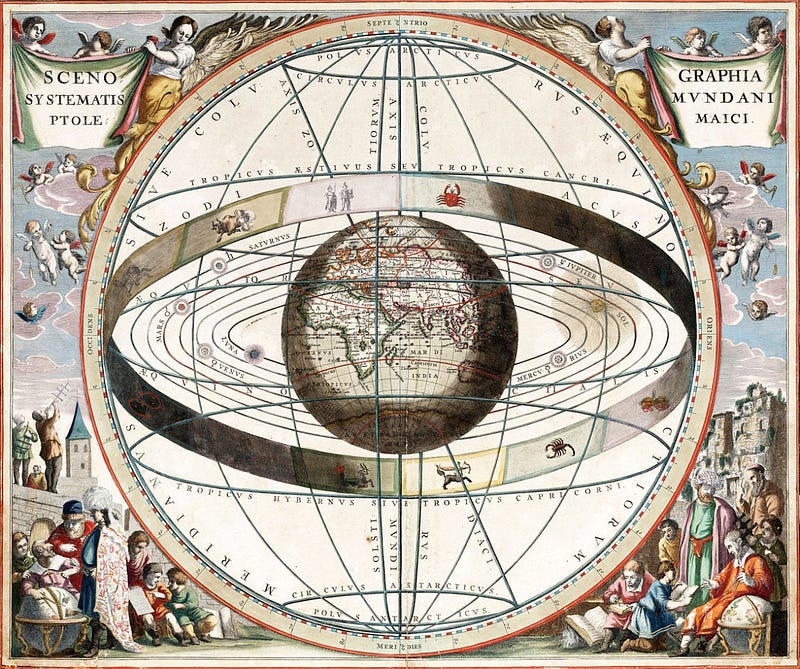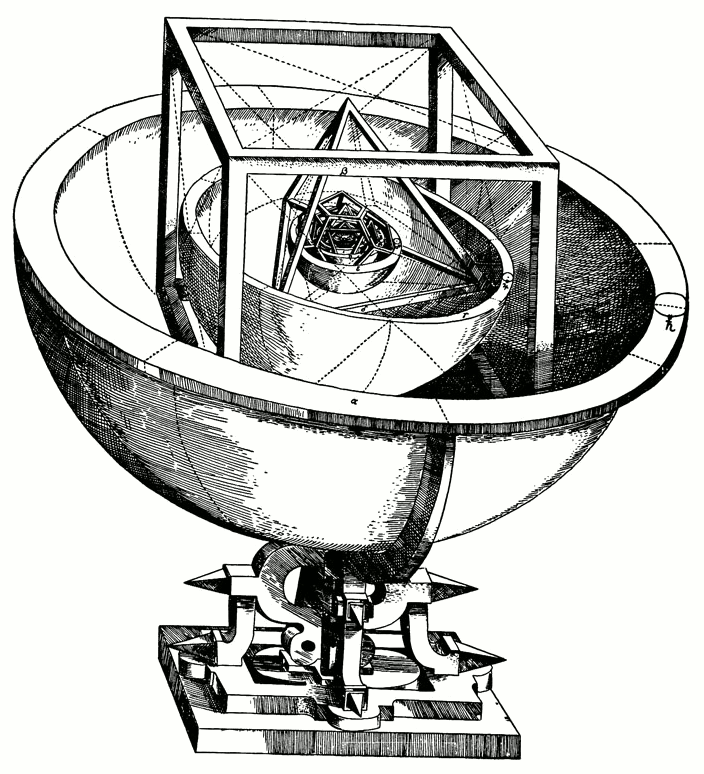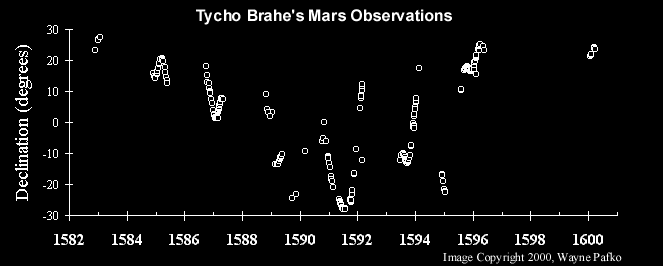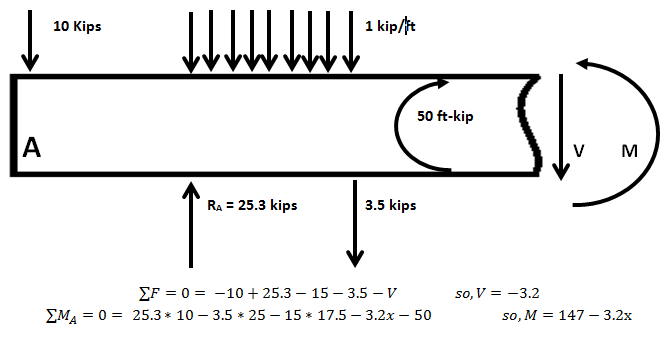Yes, New York Times, there is a scientific method

An awful op-ed about how science is no different than other disciplines misses some fundamental facts.
“Philosophy of science is about as useful to scientists as ornithology is to birds.” –Richard Feynman
There are lots of different ways to do science that are equally valid; one scientific method does not necessarily fit all cases. In astronomy, experiments are virtually impossible, as all you can do is make observations of what the Universe gives us. In the early days of quantum physics, the results were so surprising that it took many years before it was even possible to hypothesize in a sensible fashion, as the rules defied intuition. And in many fields, there are too many variables at play to accurately model the system even when all the underlying, governing equations are 100% known. Yet the differences in the details of how science is performed in no way invalidates astronomy, quantum physics, protein-folding or climate modeling as sciences. By the same token, however, the similarities between these scientific endeavors and poetry or philosophy do not elevate the latter to the status of being considered science.

On July 4th, an opinion piece ran in the New York Times declaring that there is no scientific method. The author clarifies that he means there is no distinctly scientific method, and then goes on to describe how concepts like “justice” and “courage” are hard to define in an all-encompassing way, despite the fact that we know and recognize it when we see it. Then he takes two examples — one of Kepler’s first law (that planets move in ellipses around the Sun) and one of Galileo’s discovery of the motion of freely-falling objects — and brings up the facts that:
- Kepler could have fit circles, circles-with-epicycles, or ovals to the data just as easily as an ellipse, and could have arrived at a totally different law as a result.
- Galileo needed to neglect air resistance, a known force, to arrive at his result.
And therefore, the conclusion went, science is no different than any other arbitrary endeavor.

Except that science is completely different than every other endeavor, and Kepler and Galileo actually provide extraordinary examples of showing exactly how, if only James Blachowicz would have dug a little deeper. Kepler’s original model, above, was the Mysterium Cosmographicum, where he detailed his outstandingly creative theory for what determined the planetary orbits. In 1596, he published the idea that there were a series of invisible Platonic solids, with the planetary orbits residing on the inscribed and circumscribed spheres. This model would predict their orbits, their relative distances, and — if it were right — would match the outstanding data taken by Tycho Brahe over many decades.

But beginning in the early 1600s, when Kepler had access to the full suite of Brahe’s data, he found that it didn’t match his model. His other efforts at models, including oval-shaped orbits, failed as well. The thing is, Kepler didn’t just say, “oh well, it didn’t match,” to some arbitrary degree of precision. He had the previous best scientific model — Ptolemy’s geocentric model with epicycles, equants and deferents — to compare it to. In science, if you want your new idea to supersede the old model, it has to prove itself to be superior through experiments and observations. That’s what makes it science. And that’s why the ellipses succeeded, because they gave better, more accurate prediction than all the models that came before, including Ptolemy’s, Copernicus’, Brahe’s and even Kepler’s own earlier models.

The point of Galileo’s is another deep illustration of how science actually works. One of the very first science experiments of all — over 2,500 years ago — was done by Empedocles, in an attempt to answer the question of whether air takes up space. The device above is known as a clepsydra (Greek for “water-thief”), which is a gourd with one hole in the top and one-to-many holes in the bottom. You submerge the gourd into a source of water until it fills, then put your thumb over the hole at the top and carry the water everywhere. Although the Greeks didn’t know about a vacuum or the concept of air pressure, they could see that the water at the bottom wasn’t falling out, and the only thing that could be pushing “up” against it was air. Therefore, air takes up space and fills all the space around us on Earth, and when that air moves relative to an object, it exerts a force.

Galileo knew about air resistance as well, although he couldn’t quantify it. He knew that if you dropped two masses of different weights from a small height and a large height, the large drop led to a larger difference in when those two masses hit the ground, and that difference was due to air resistance. Galileo’s revolutionary advance, as I detailed here, was to determine that objects fell a distance that was proportional to the amount of time they had been falling squared, when these other effects were ignored. This was as true for balls dropped from a tower as they were for objects rolled down a ramp. When we finally made it to an airless world, we performed Galileo’s experiment exactly as it was idealized: without air resistance at all.
But other effects really do exist, and science didn’t “end” at the advances of Kepler and Galileo. Rather, these advances became the starting points for the theories that would improve upon them, in both cases by Isaac Newton. For Kepler’s problem of planetary motion, the gravitational effects of the planets on one another were the next imperfection to account for, and after we nailed that, there were no further improvements until Einstein in the 20th century. Newton also enabled us — through his development of mechanics — to account for as many additional forces as we like, including air resistance, since the F in F = ma is actually the sum of all the relevant forces on a system.

The only thing that limits how accurately we can model something if we understand the underlying dynamics is either the inherent uncertainty in how a system behaves or is set up, and how much of the actual forces in play we can practically include in our model. Science is more than a body of knowledge — although it requires those facts, that data and those results — but is also a process. It’s a self-correcting process where it must always be confronted with the real world, with what we observe and measure, with what its new predictions are and with the full suite of models and ideas that came before. What’s truly shocking, though, is that one of the earliest philosophers, Thales of Miletus, knew all of this and enunciated it quite clearly in his philosophy of naturalism. So when Blachowicz asks,
If scientific method is only one form of a general method employed in all human inquiry, how is it that the results of science are more reliable than what is provided by these other forms?
all we need to do is point his own examples — full of illustrative science — back at him to arrive at the answer.
This post first appeared at Forbes, and is brought to you ad-free by our Patreon supporters. Comment on our forum, & buy our first book: Beyond The Galaxy!





